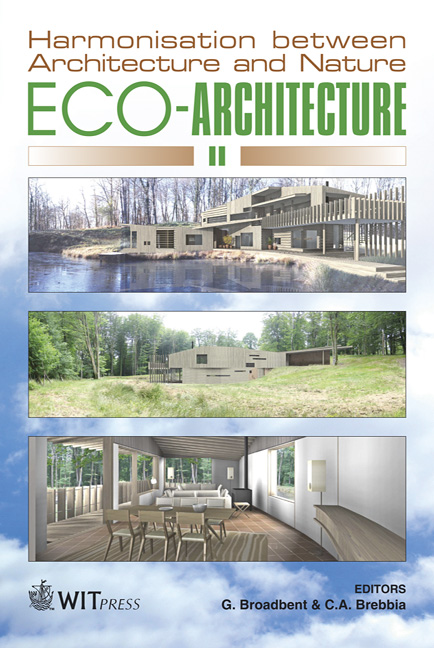Specifying Textiles In A Greener World: Using Sustainable Strategies To Develop New Criteria
Price
Free (open access)
Transaction
Volume
113
Pages
10
Page Range
221 - 230
Published
2008
Size
272 kb
Paper DOI
10.2495/ARC080221
Copyright
WIT Press
Author(s)
J. Stark
Abstract
The complexity of specifying textiles for environmentally-conscious commercial interiors has evolved as layers of evaluative criteria have been added. Increases in information require that designers understand more about textile design and manufacture, and use new processes for product selection. Textiles are the focus of this investigation for several reasons. They are an integral architectural and interior design element and embody an array of art, craft, design, and technology. Historically, the textile industry has been the source of environmental transgressions contributing to pollution on many levels. These characteristics are shared with other interior products, so new paradigms can generalize to other materials. The evolution of the textile industry is also the centerpiece for one of the most significant proposals targeting green product design, the \“cradle-to-cradle” philosophy developed by William McDonough and Michael Braungart. Finally, the commercial project emphasis is appropriate because products for this market are subject to rigorous review for compliance with regulatory and performance standards. Based on a review of sources from interior design education and practice, this study will identify and analyze the development of textile specification criteria for environmentally-conscious commercial textiles. This investigation occurs in the context of a burgeoning awareness of green products and suggests that new specification approaches are needed. Although any discussion of commercial textiles has global implications, this report primarily addresses interior design practice in the United States. Keywords: interior design, design education, commercial textiles, sustainability, life cycle assessment.
Keywords
interior design, design education, commercial textiles, sustainability,life cycle assessment.





